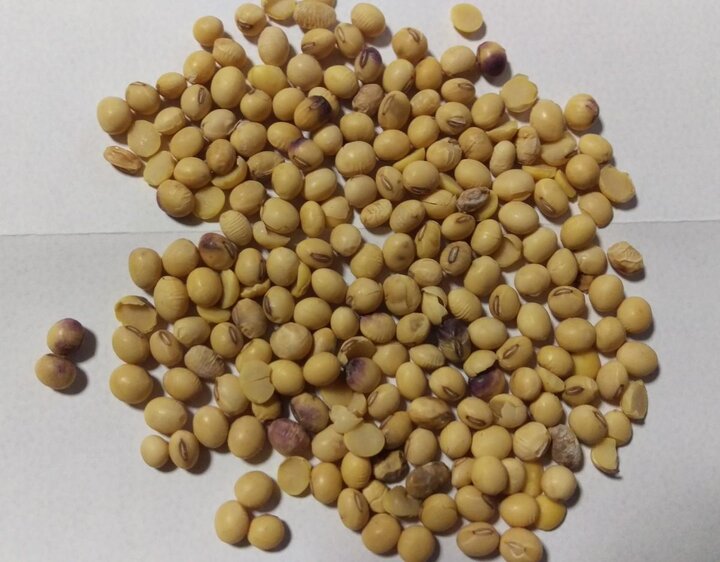
Download the Survey of Nebraska Soybean Production Practices
PDF or Word®

I and my colleagues at the UNL Department of Agronomy and Horticulture and Nebraska Extension are collecting producer baseline data on current soybean management practices in Nebraska’s irrigated and rainfed production systems. The project goal is to identify key factors that preclude Nebraska soybean producers from achieving the full soybean yield potential for each of their farms.The term used for the difference between what yield is possible on your farm each year and actual yield is called a “yield gap.”
Our thanks go to the Nebraska Soybean Board and the North Central Soybean Research Program (NCSRP) for funding this project.
Soybean Farmer Input Needed
We are asking Nebraska soybean producers to provide us with yield and other agronomic data specific to their soybean fields. With this data, we can conduct an in‐depth analysis of what on‐farm factors may be causing a yield gap on Nebraska soybean farms. We intend to provide annual reports to all crop producers informing you of what factors we may have identified that, based on our analysis of the data collected from Nebraska farms, are likely limiting you from achieving soybean yields closer to your yield potential!
We have put together a two-page survey on soybean yield and management that we would like you to fill out. Specifically, we are requesting yield and other data specific to four 2015 fields of soybean (first page of the survey) and four 2014 fields of soybeans (second page of the survey) that you grew on your farm. Both dryland and irrigated fields are acceptable.
We recognize that you may best remember the yields and related agronomic data for the 2015 season. However, we would very much appreciate additional data for four 2014 soybean fields on your farm. If you cannot recall or do not have data for any given cell in the columns shown on the Survey Form, leave them blank.
You may have already received a copy of the survey from your local Extension Educator or Natural Resource District (NRD) office. If not, here is your opportunity to contribute to the project! It is available in both a Word® version or a PDF version. We would greatly appreciate it if you could fill out they survey and e-mail the completed file (as an attachment) to me (pgrassini2@unl.edu) before March 31. Alternatively, you can print the survey, fill it out, and mail it to: Dr. Patricio Grassini, Dept. of Agronomy & Horticulture, 387 Plant Sciences Hall, University of Nebraska-Lincoln, NE 68583‐0915.
We look forward to receiving your data. Keep in mind that all data submissions will be kept strictly confidential. In this project, our objective is to work for you, our Nebraska soybean producers. Our goal is to use the data you supply to help you get soybean yields on your farm that will be closer to the potential yields for those fields, once you know what production system factors are holding back your current soybean yields
Patricio Grassini, UNL Assistant Professor and Cropping Systems Specialist
Juan Ignacio Rattalino Edreira, UNL Post-Doctoral Research Associate
